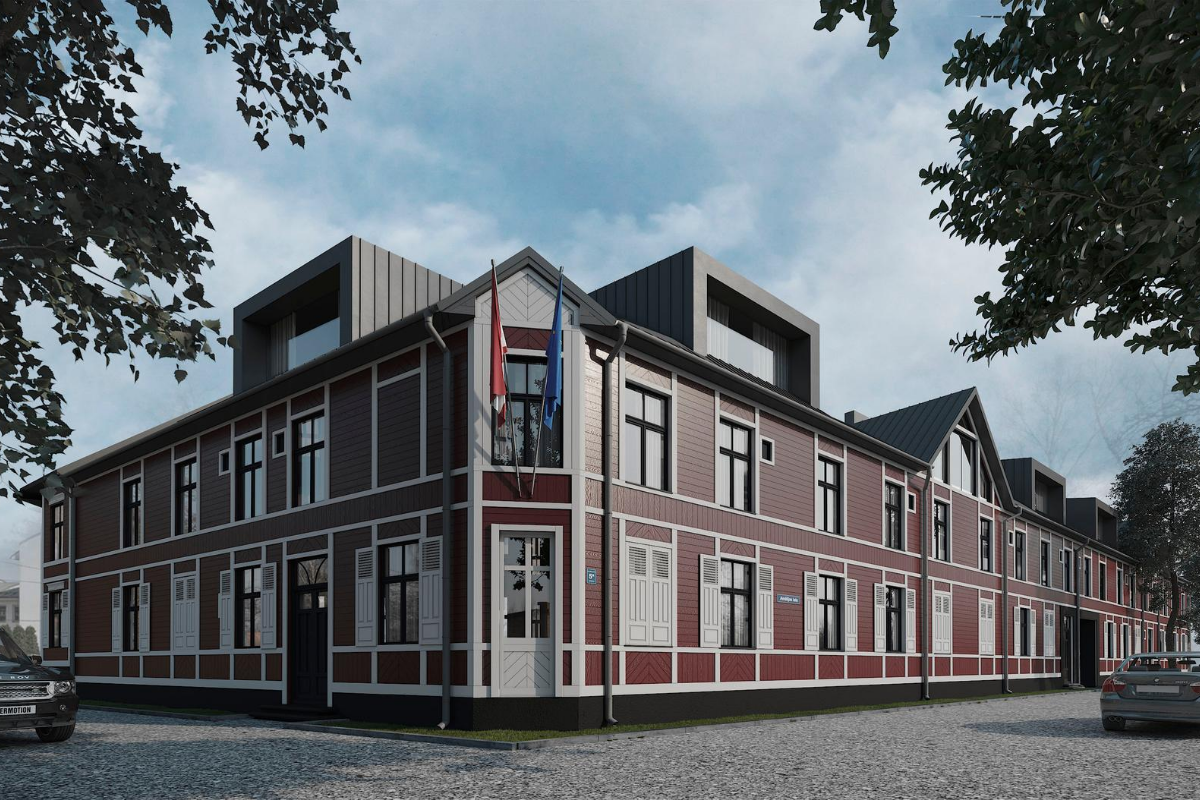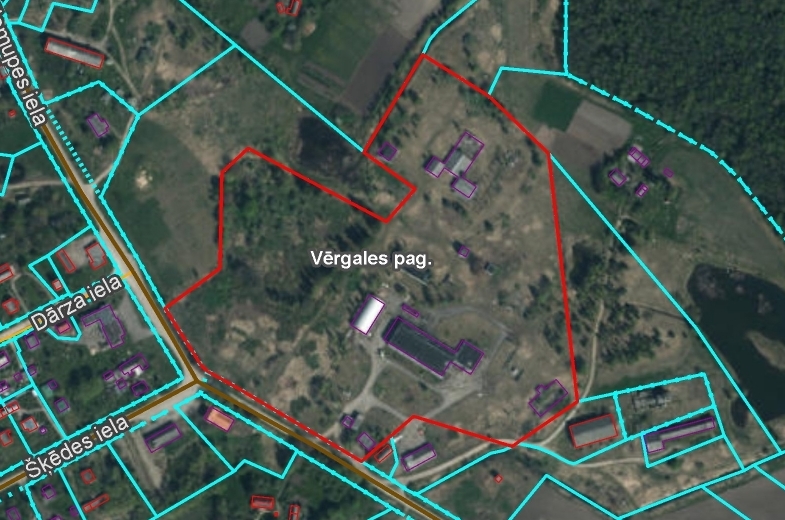
I saved a certain amount of money and I manage to keep saving month by month, what do I do? Do I pay off my credit or invest to generate higher income in the future?
Probably many of you have at least one mortgage loan and/or one or more consumer loans (if you read this article) and at the same time you have started to accumulate some financial reserves and may have thought or even started to put the money to work. In this context, you may also think about the fact that interest rates may rise, a crisis may occur at any time and at the same time you can see the good profits that have been made and are made from real estate investments, stock exchange, cryptocurrencies and business.
In all this context, it is normal for the answer to the question to pay the credit or invest the money to be complex, with many variables and uncertainties, but also so important. Basically the answer can guide your financial strategy for several years.
Let’s begin!
Before I should ask myself if I pay the credit or invest, there are some things we have to check:
- If there are debts from credit cards and overdrafts with interest rates above 15% -20%, those should be paid before we think about investments;
- Consumer debt, car etc. – we should focus on them and pay them in advance before investing;
- We fail to save constantly – focus first on building this habit;
- Reserve fund to cover living costs for a period of 6-12 months.
Before you have all the above checked, you should not even think about starting investing.
Any consumer credit used for the acquisition of liabilities should be paid as a priority. Real estate and investment loans (those used to purchase assets) are the ones we can doubt whether we will pay them in advance or not.
We will talk specifically about real estate loans, to simplify and make the analysis relevant, but we can have the same analysis process in the case of a non-real estate investment loan.Well, now the question that remains is: Do I pay the real estate loan or do I use my future reserves and savings for investments?
Economically speaking
From an economic point of view, we will compare the actual effective interest rate of the loan with the expected net return on investments.
For example, we have an interest of 5% on the mortgage loan and
a return estimated by us of 10% of the investment in shares (historical average yield)
or
we find an apartment at a very good price and with a rent yield of 8%
or
bonds with 9% interest
and so on….
So we have on one hand a 5% safe interest vs. a yield estimate of 10% or 8% or 9%.The decision may seem obvious – at such a yield differential, in 20-25 years you pay the property 2 times.
But the decision is simple just at first sight and it becomes more complex when we go deep. Why? Because the interest rate on credit is safe (if it is 5%, it is 5% no matter what I do) while the return on investments is always an estimate.
Estimate because:
- The stock market may no longer perform in the next 10 years as in the past or you catch a very weak interval;
- The yield on the rental property may decrease, or it may not be at all, unless you have a tenant or you find a structural problem of the construction;
- The issuer of the bond can go bankrupt and you lose all the money.
There are risks that you must take into account to adjust the returns on investments with the percentage of risk. Professionals always calculate their adjusted return on an investment. The calculation is very complex and has many variables. But for the sake of simplification we can estimate a differential for the degree of risk. For example: -1.5% for a very good real estate, -2.5% for small and medium-sized companies bonds and -3% for blue chips shares.Thus, we now have a comparison between + 5% credit payment and (10% – 3% = 7%) for shares; (8% -1.5% = 6.5%) for real estate and (9% -2.5% = 6.5%) for bonds.
Now it’s a little clearer. We know that up to a loan interest rate of 6.5% or 7% we can invest without problems, but if the interest exceeds these levels it becomes more profitable to pay the credit.
Of course, the calculation is relevant depending on how well we made our estimate of future profits.
Many investors and business owners maintain their long-term loans, knowing that they can generate higher long-term returns with the same amount of money. This is the case of many smaller or larger entrepreneurs, it is the case of those who invest professionally or even those who invest passively in the long term.
Obviously, a solution would be to make more risky and / or more active investments that can bring higher returns, but in this case you really should know what you are doing.
Important is to make your calculations as well as you can, because, after all, nobody knows the future.
Psychologically
The need for survival/safety is lower (and stronger) on Maslow’s pyramid than aspirational needs. From here comes a degree of stress that will make you quite conservative in investments when you have unpaid loans.
Emotions are not good in investments.
To make a decision:
- Do your calculations – see economic analysis above;
- Calculate your risk profile;
- What decision would make you unable to sleep at night?;
- How would you feel about paying off your debts? But what if you didn’t pay them?
- How would you feel if you invested in passive income? But what if you didn’t invest?
- How would you feel if you paid your credit with 5% interest and the stock would have a 50% yield that year, which you would not benefit from? But if you did not pay your credit and invest in the stock market, and the stock market would fall by 50% that year? Which of these 2 options would most disturb you?
When choosing whether to pay your credit or invest/accumulate reserves you must take into account both the economical and psychological aspects. Both are important, but more important are the psychological ones, because they have the power to sabotage you.
Finally, if you are still not cleared how to proceed, you can choose the middle way and use the amounts saved according to the formula: Invest = (10 – Credit interest rate) and with the rest pay the credit. That is, if the credit interest is 4% and you save 1000 EUR per month, you pay in advance (or you set aside to pay in advance) 400 EUR and you invest 600 EUR.
Simple, right?













